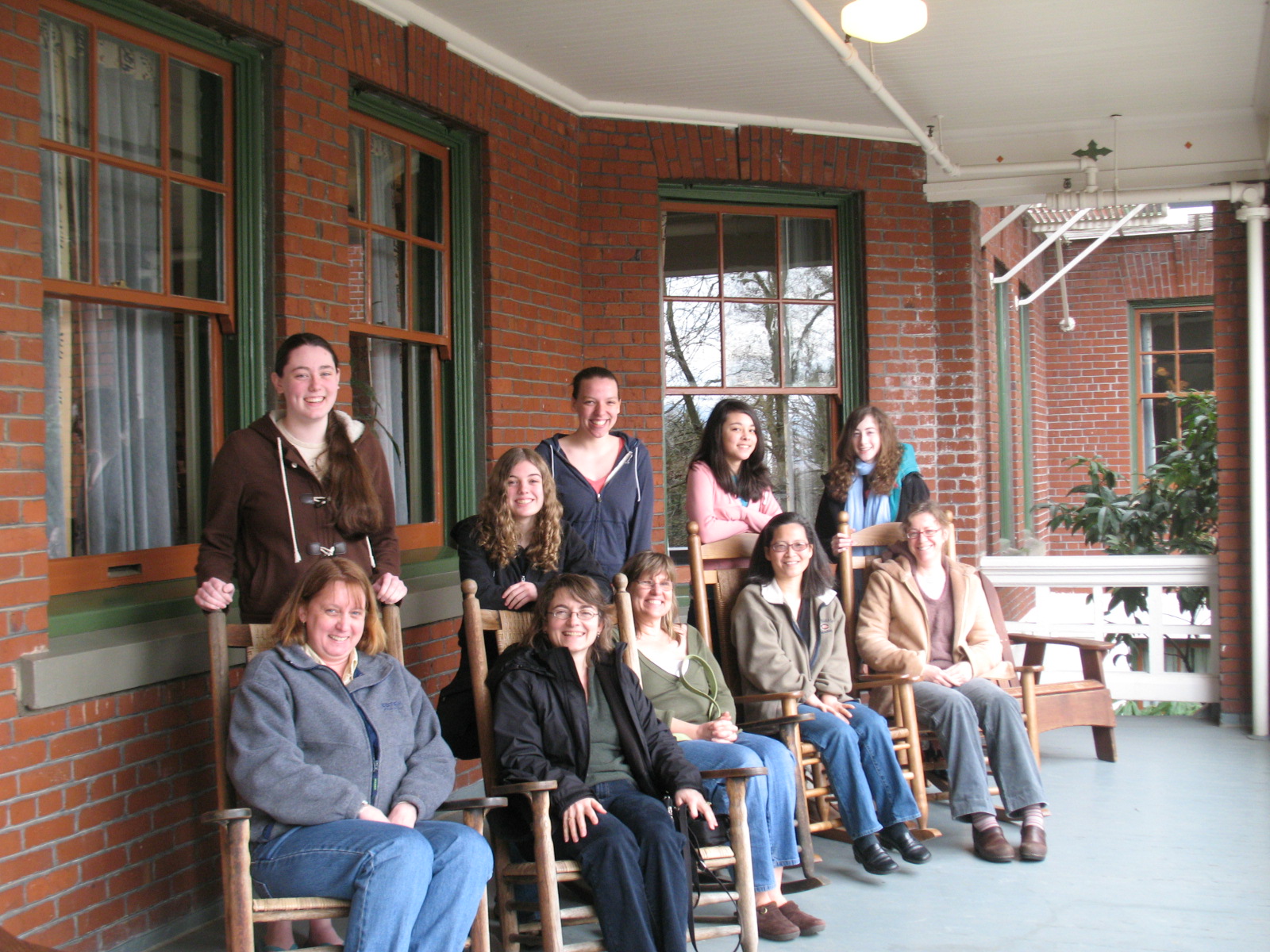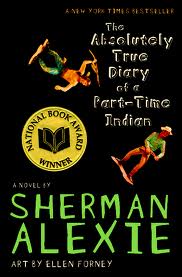Jennie Nash, author of The Only True Genius in the Family, shared this essay about what it’s like to have your daughter to read the things you write.
Peering Behind the Curtain and Seeing That The Wizard is Your Mom
By Jennie Nash
My oldest daughter, Carlyn, who is 16, was recently asked to make a list of the top 10 most significant events of her life in 2008. Number 7 on her list was, “Reading my mom’s novel.” The novel in question was The Last Beach Bungalow, my first novel. A picture of Carlyn reading it will be fixed in my mind forever: she took the book, curled up on our big, soft chair, and vacillated between rapt attention and total distraction. Every so often, she’d leap out of the chair, track me down in the kitchen or the laundry room or the office and say, “I know who so-and-so was modeled after,” or “I know where this scene came from.”
I was incredibly nervous while she read. I didn’t want her to hate it, for one thing, just because no writer wants someone they know and love to hate their work. I also wasn’t sure I really wanted her to read it, for another. After all, it’s a book that is intended for adults. There are sex scenes in there – scenes of lust and longing and seduction, sex scenes that she knew her mother had, at the very least, imagined. And there are scenes of betrayal and heartbreak, and discussions of mortality. And at age 15, which she was at the time, did I really want her reading all that? I mean, I know there’s all that and more in Twilight, and Harry Potter and The DaVinci Code – but those books are so very clearly fantasy. My books are intended to be a mirror real life. I suspected that if there were holes in the story — which would mean, by extension, holes in my perception of life, holes in the entire way I look at the world — Carlyn would find them. Contempt – of my work, and of me as a person – was a very real possibility.
I watched, carefully, as she neared the end of the book, but I needn’t have worried that her reaction would be subtle. When she was done, she marched into my office with a piece of paper. It was a list of things she wanted to point out she had noticed – scenes where she recognized the setting, or inside jokes that had made their way onto the page. She thought herself very clever – and I knew that what it all meant was that she had liked the book enough to care. I was relieved, and happy.
But I would never have guessed that the moment would make it on her Top 10 list. When I saw it there, occupying spot #7, I had another vision of terror: I had scarred her for life. Reading my book was one of the most significant events of her life in 2008 because it had been so deeply disturbing.
“Why is this on the list?” I asked, as casually as possible.
“It was such a strange experience,” she said.
“Strange because of the sex scenes?” I asked.
“No,” she said, “I’m not stupid. I obviously know you’ve had sex. That was a little weird, but it wasn’t that big a deal.”
“So strange how?”
“Strange because it was an experience most people will never have. In English class, we’re always talking about the connection between the reader and the writer, and our different perceptions. With this book, I got three perspectives – the writers’ perspective on the page, my perspective as a reader, and then the whole background story. I knew where so many little things came from – names and family jokes. I got to see how something comes from someone else’s mind and how it all fit together. It was a really cool experience.”
“So it wasn’t upsetting?”
“No,” she said, “All my life I’ve known that my mom is a writer. I just took it for granted that you were a good writer. Reading your book made me realize you actually are good. I stay up late to read your books. I really like them. I don’t have to assume it anymore.”
This, of course, brought tears to my eyes. No one asked me to make a list of the top ten most significant events in my life this past year, but if they had, that would probably be on it.
Epilogue: Carlyn recently read The Only True Genius in the Family. She read it on the first day a finished book arrived on our doorstep. She read it in the same way she read my first book – half in the story, half out it, her mind whirring the whole time. She says she liked it even better. And the scene where the mom paints on the daughter’s painting? That comes from something that actually happened between us when Carlyn was a little girl, so she lived a piece of this book.
Carlyn’s younger sister, Emily, is now old enough to understand the stories I write. She read The Last Beach Bungalow, but she read it behind the closed door of her bedroom, out of sight, and she didn’t come after me with a list. She’s a different kind of reader, one who, perhaps, falls more completely into a tale. And the impact that the book made on her seems to be different, too. Instead of talking about books and reading and writers and perception, Emily just goes back into her room, picks up a pen and writes. She tells me she’s writing a novel. She says she will let me see it on my birthday this year. I can’t wait; I have a feeling the experience of reading a story my daughter has written will make a top ten list, as well.







